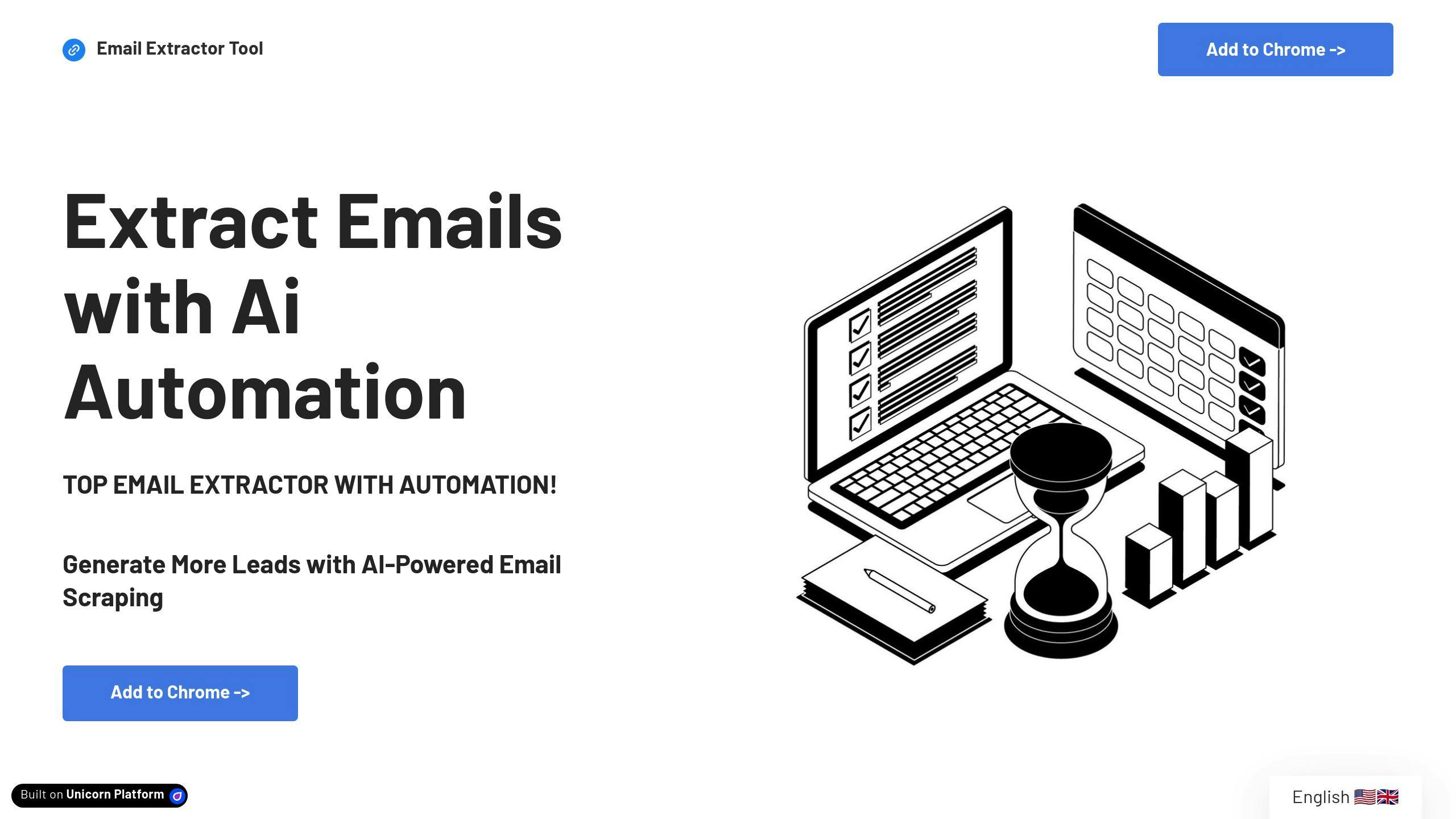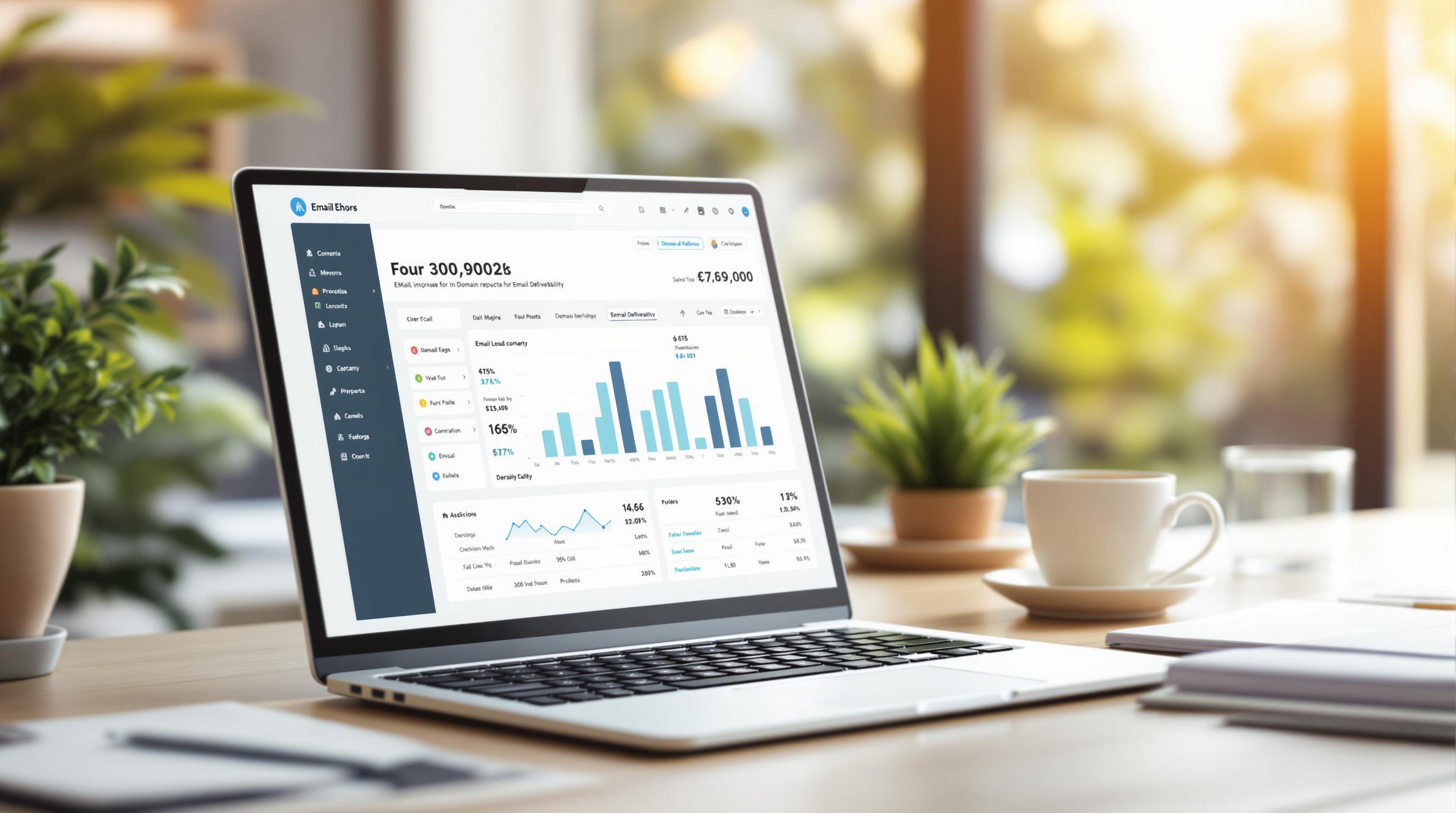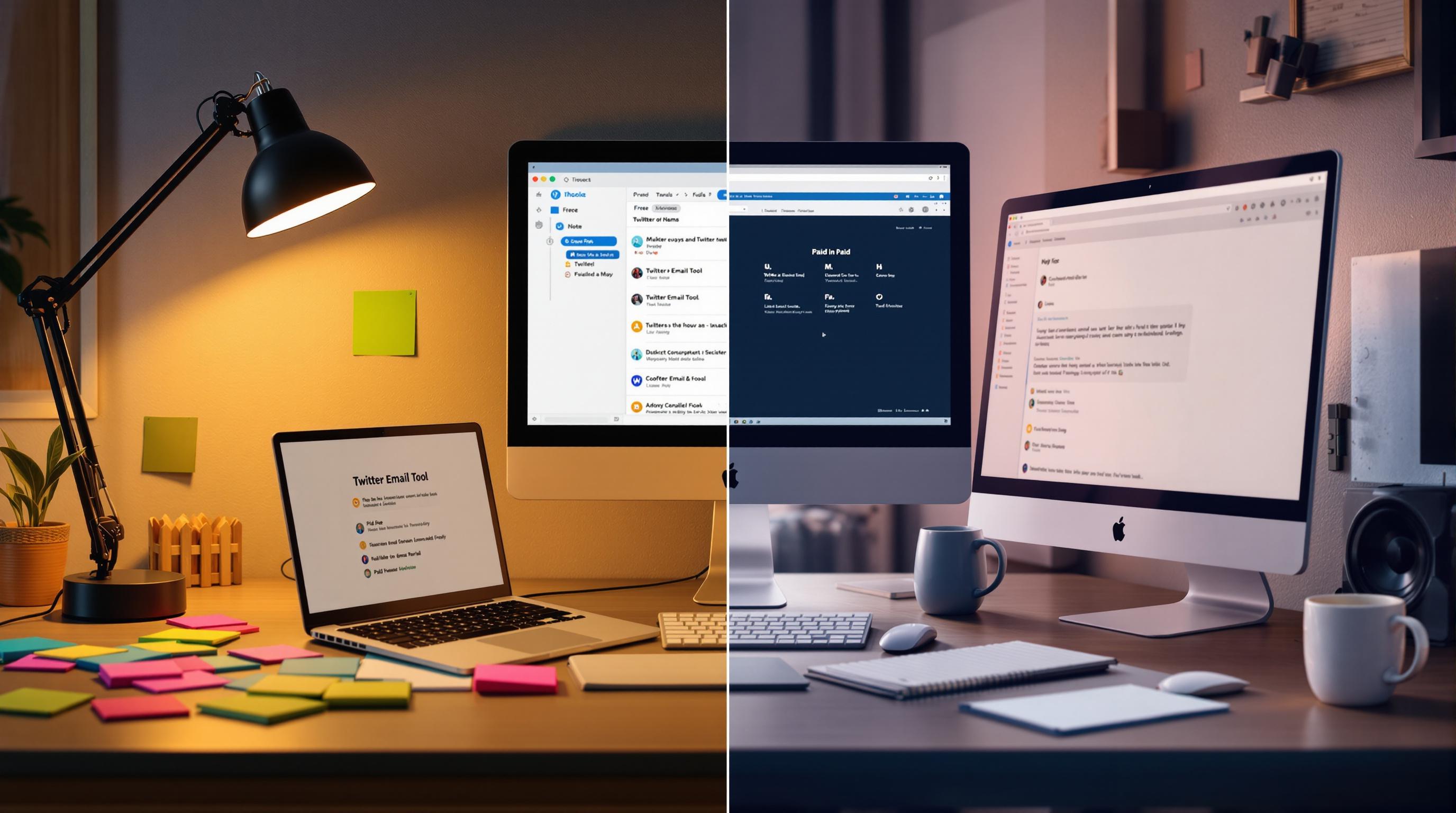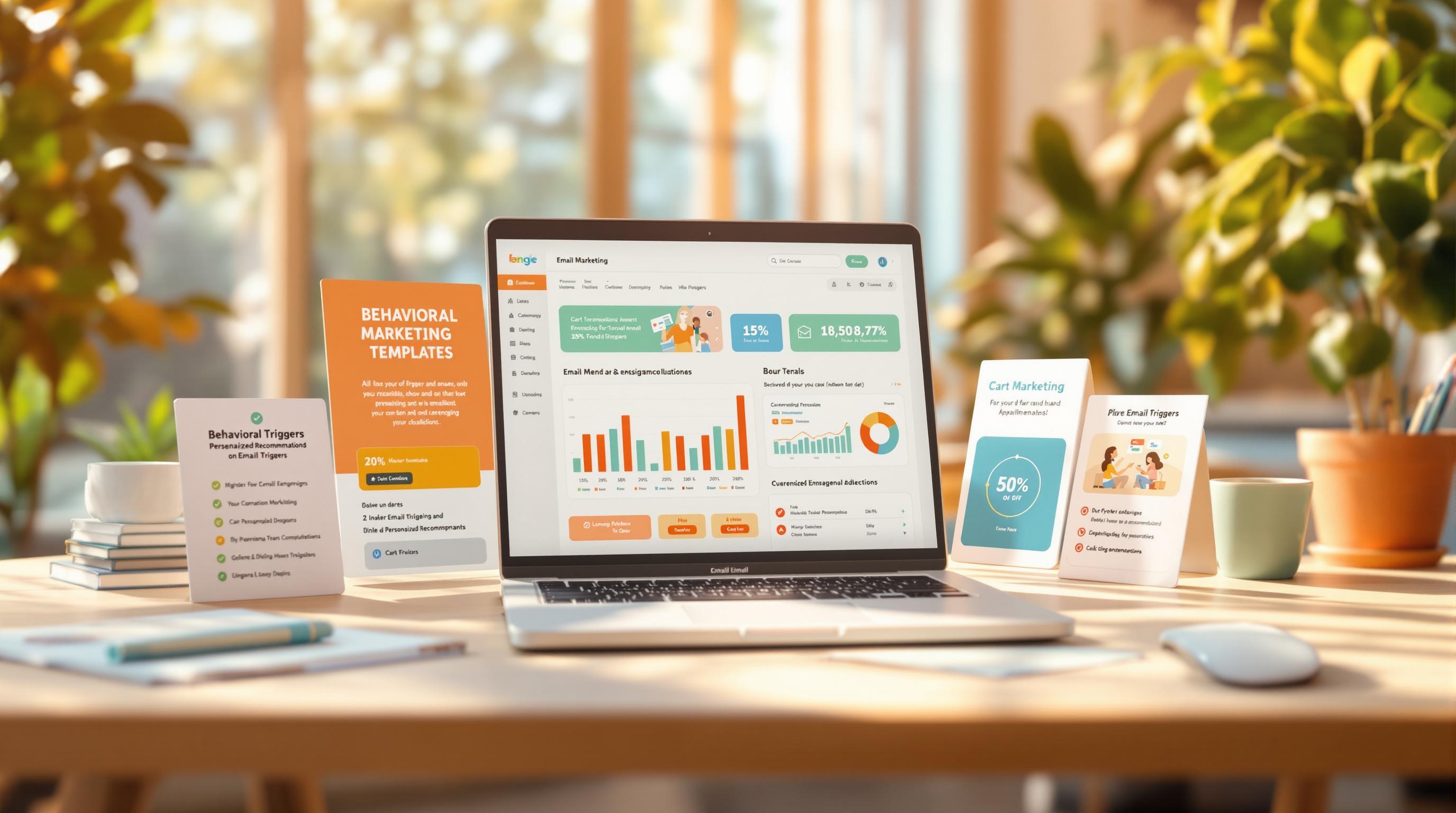GDPR applies to B2B emails if they involve personal data of EU citizens, even for work emails like john.smith@company.com. Violating GDPR can lead to fines up to €20 million or 4% of annual turnover. Here's how to stay compliant:
- Get Consent or Prove Legitimate Interest: Use clear opt-in forms or document valid business reasons for contact.
- Be Transparent: Explain how you got the contact's data, what emails they’ll receive, and include an easy opt-out option.
- Secure Data: Encrypt databases, limit access, and delete outdated information regularly.
Quick Checklist:
- Use clear opt-in forms (no pre-checked boxes).
- Keep detailed records of consent and business reasons for contact.
- Provide a simple unsubscribe option in every email.
- Protect data with encryption and access controls.
GDPR isn’t just about avoiding fines - it’s a chance to build trust and improve email effectiveness by targeting engaged audiences.
Related video from YouTube
How to Make Your B2B Emails GDPR-Compliant

Want to keep your B2B emails on the right side of GDPR? Here's what you need to know about the three main areas of focus.
Getting Consent or Proving Legitimate Interest
You can't just email anyone you want - you need either their clear permission or a solid business reason. For permission, keep it simple and direct: use straightforward opt-in forms that spell out how you'll use their data. And remember: no sneaky pre-checked boxes! Your contacts must choose to opt in themselves.
Here's what you need to track and document:
- Clear business connections (like their role at a partner company)
- Past interactions and service inquiries
- Detailed consent records
- Your reasoning for legitimate interest cases
- How and why you got each contact's information
Being Transparent and Giving Users Control
Think of transparency like showing your cards - it builds trust and keeps you compliant. Always include:
- A link to your privacy policy
- How you got their information
- What kind of emails they'll get from you
- A clear, simple way to opt out
Protecting Data with Strong Security Practices
Data security isn't just nice to have - it's a MUST under GDPR. Here's what you need:
- Top-notch encryption for your contact database
- Strict controls on who can access contact info
- Regular updates to your email marketing tools and security systems
- A clean-up schedule to remove old or unneeded contacts
Tips for Running GDPR-Compliant Email Campaigns
Want to run B2B email campaigns that follow GDPR rules? It's simpler than you might think. Here's how to keep your emails both compliant and effective.
Using Clear and Active Opt-In Methods
Your opt-in forms need to be crystal clear. No pre-ticked boxes or sneaky defaults - let subscribers choose exactly what they want to receive.
Here's what a good opt-in form looks like:
[ ] Subscribe to Monthly Industry Insights Newsletter
[ ] Receive Product Updates and Features
[ ] Get Exclusive B2B Marketing Tips
Make sure you:
- Use plain language that explains how you'll use their data
- Add a link to your privacy policy
- Get clear permission before sending anything
Limiting Data Collection and Retention
Think of data like your closet - keep only what you need. The more data you store, the bigger your risk. Run regular checks to clear out unnecessary information and set clear expiration dates for different types of data.
Here's a simple guide for how long to keep different types of data:
| Data Type | Retention Period |
|---|---|
| Email Address | Active subscription + 6 months |
| Company Role | Active subscription |
| Campaign Interaction Data | 12 months |
Making Unsubscribing Simple
Let's be honest - hiding the unsubscribe button is both illegal and just plain annoying. Put a clear "Unsubscribe" button at the top of every email. One click should be all it takes to opt out.
"Non-compliance with GDPR can result in fines up to €20 million or 4% of the annual worldwide turnover, whichever is greater."
sbb-itb-8abf799
Tools to Help with GDPR Compliance in Email Marketing
Getting GDPR right doesn't have to be a headache. The right tools can help you run compliant email campaigns while keeping your marketing effective.
Let's look at what makes email tools GDPR-friendly and how they can help protect both you and your subscribers.
Features to Look for in GDPR-Compliant Email Tools
Before you pick an email marketing tool, make sure it has these key features to keep you on the right side of GDPR:
| Feature | What It Does |
|---|---|
| Consent Tracking | Records when and how people said "yes" to your emails |
| Data Security | Keeps personal info locked down with encryption |
| Auto-Delete | Removes old contacts when you need it to |
| Audit Trails | Keeps track of what happens to subscriber data |
Take B2B platforms like Sopro - they show how these features work in real life. Their system keeps records of consent, locks down data with encryption, and tracks everything you do with subscriber information.
Email Extractor Tool - Extract Emails with AI Automation

The Email Extractor Tool puts AI to work while playing by GDPR's rules. Here's how it helps you gather emails the right way:
| Feature | How It Helps with GDPR |
|---|---|
| Smart Data Collection | Picks up just the contact details you need |
| Protected Processing | Keeps data safe while you work with it |
| AI-Powered Automation | Less manual data handling means fewer risks |
| Built-in Rules | Helps you stick to data protection laws |
Final Thoughts on GDPR Compliance for B2B Email
Recap of GDPR Best Practices
GDPR compliance isn't just about following rules - it's about building trust while making your marketing better. It boils down to three main things: getting proper consent, keeping data safe, and being upfront with your contacts. When you collect only the data you need, your campaigns work better because you're working with clean, focused lists.
Here's how different parts of GDPR help your business:
| Compliance Area | Key Action | Business Benefit |
|---|---|---|
| Data Collection | Collect only what you need | Better lists, focused campaigns |
| Security | Use strong security measures | Brand protection, lower risk |
| Transparency | Clear policies, track consent | More trust, better results |
Balancing Compliance with Effective Email Marketing
Here's something that might surprise you: GDPR actually helps you send better emails. Think about it - when you're sending emails to people who've actually said "yes" to hearing from you, you'll get better results than blasting messages to everyone.
Different EU countries look at GDPR differently. Take Germany - they're pretty strict about B2B email consent. But hop over to France, and you'll find they're more flexible about using "legitimate interest" as a basis for contact. That's why it's smart to check your email practices regularly - it keeps you on the right side of the law AND helps fine-tune your marketing.
"GDPR compliance is not a barrier to effective email marketing; it's an opportunity to refine your strategies and build stronger relationships with your audience."
FAQs
Does GDPR apply to B2B emails?
Yes, GDPR applies to B2B email marketing when you're handling personal data of people working in businesses. Here's what you need to know:
Personal work emails like name@company.com fall under GDPR because they contain information that can identify a specific person. However, generic addresses (info@company.com) and department emails (sales@company.com) don't need GDPR protection. This rule stays the same whether you're marketing to businesses or consumers.
What are the GDPR rules for sending emails?
Here's something interesting: 73% of customers prefer doing business with companies that handle their data openly. That makes GDPR more than just a legal box to check - it's a way to win customer trust.
The main rules for GDPR-compliant email marketing are pretty straightforward:
- Get and record clear permission (or prove you have a legitimate reason to contact someone)
- Keep personal data safe
- Make it easy for people to unsubscribe in every email
"GDPR compliance is not just about avoiding fines - which can reach €20 million or 4% of annual turnover - it's about building trust through transparent data practices."
Keep in mind that different EU countries might interpret these rules differently based on their local privacy laws and traditions. If you want to know more about how specific EU countries handle these requirements, check out our earlier section on "Balancing Compliance with Effective Email Marketing."



